Is a group of mechanical abnormalities involving degradation of jOilts,[including articular cartilage and subchondral bone. Symptoms may include joint pain, tenderness, stiffness, locking, and sometimes an effusion. A variety of causes—hereditary, developmental, metabolic, and mechanical—may initiate processes leading to loss of cartilage. When bone surfaces become less well protected by cartilage, bone may be exposed and damaged. As a result of decreased movement secondary to pain, regional muscles may atrophy, and ligaments may become more lax.
Signs and Symptoms
The main symptom is pain, causing loss of ability and often stiffness. "Pain" is generally described as a sharp ache, or a burning sensation in the associatemuscles and tendons. OA can cause a crackling noise (called "crepitus") when the affected joint is moved or touched, and patients may experience musclespasm and contractions in the tendons. Occasionally, the joints may also be filled with fluid. Humid and cold weather increases the pain in many patients.
OA commonly affects the hands, feet, spine, and the large weight bearing joints, such as the hips, and knees, although in theory, any joint in the body can be affected. As OA progresses, the affected joints appear larger, are stiff and painful, and usually feel better with gentle use but worse with excessive or prolonged use, thus distinguishing it from rheumatoid arthritis.
In smaller joints, such as at the fingers, hard bony enlargements, called Heberden's nodes (on the distal interphalangeal joints) and/or Bouchard's nodes (on the proximal interphalangeal joints), may form, and though they are not necessarily painful, they do limit the movement of the fingers significantly. OA at the toes leads to the formation of bunions, rendering them red or swollen. Some people notice these physical changes before they experience any pain.
OA is the most common cause of joint effusion, sometimes called water on the knee in lay terms, an accumulation of excess fluid in or around the knee joint.
AYURVEDIC TREATMENT
The only treatment in allopathy for osteoarthritis is Administration of NSAIDS and other pain killers and anti inflammatory medicines and the intake of calcium with some combination. However for the people in which disease is in an advanced stage the only treatment recommended is Joint Replacement.
There are various ayurvedic combinations which are helpful in controlling the inflammation and also repairing the damaged joint.The herbs which are used in combinations for osteoarthritis are -boswellia serrata,guggul,shallaki etc.
NIROGAM O.A. CAPSULES
These are the capsules which are used to treat joint muscles and tissues around the joint . It helps to strengthen and relief pain in the joint.It has unique combinations of gulgulu,rasna ,sundh.These are helpful in treatment.
RHEUMO -GOLD
It is a unique formulation comprised of ashwagandha,shigru, gugglu and shallaki which act as anti-inflammatory and anti arthritic properties.It is beneficial in R.A. and non -articular rheumatism.
Ayurvedic panchkarma treatment is also very helpful in such patient and patient recovers to desirable extent .The therapy which is given to such patient is janu basti.
We supply various medicinals oils which are highly effective and can be used by taking guidelines from us.
EXERCISE CHART FOR OSTEOARTHRITIS
Osteoarthritis
Osteoarthritis (OA) is a group of mechanical abnormalities involving degradation of joints including articular cartilage and subchondral bone. Symptoms may include joint pain, tenderness, stiffness, locking, and sometimes a jointeffusion.It can occur in any joint but most common in knee joint.in this there is erosion of cartilage and narrowing of joint space.
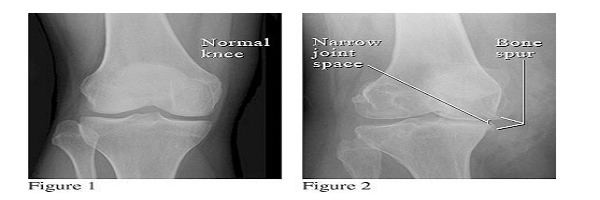
With this condtion,muscles around the knee joint become week.and some muscles become tight.sometimes patient is unable to walk properly due to pain.and there may be difficulty stair climbing.To cope up all this difficulties, patient must do some exercises.but before exercises, main motive is to reduce the inflammation(swelling).for this,
ICING is best option.ice is wrapped in the cotton cloth,properly crushed and applied to the area of swelling. It will reduce swelling and tenderness.
HOT FOMENTATION can also be used if patients are sensitive to cold therapy.
First exercise is prescribed to the patient is
Quads Set
In this,lie straight on the back with legs straight.Roll any towel and place it under the knee.Press the knee downwards and hold for 10-15 seconds.repeat for 10 times for both the knees.
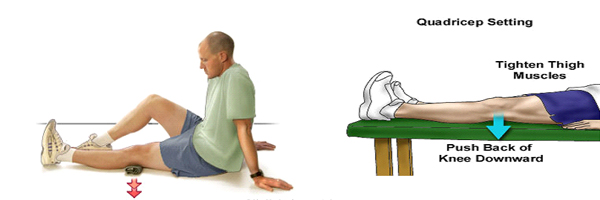
STRETCHING
1. Chair knee extension
Sitting in a chair, rest your foot on another chair so the knee is slightly raised. Gently push the raised knee toward the floor using only leg muscles. Hold for 5 - 10 seconds and release. Repeat 5 times on each leg.
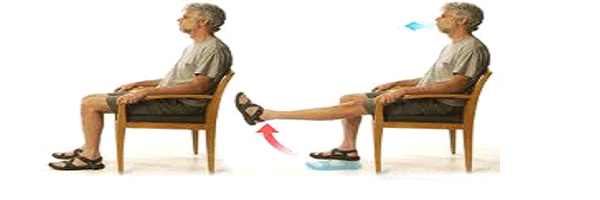
2. Heel slide knee extension
Lie on your back, with left knee bent and left foot flat on floor. Slowly slide the left heel away from your body so both legs are parallel.Hold for 5-10 seconds, return to starting position. Repeat 5 times on each leg.
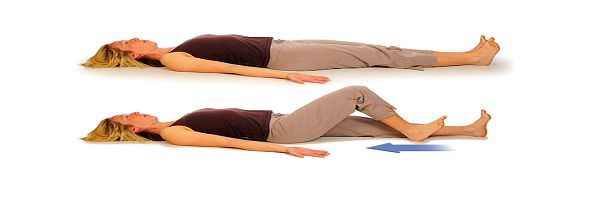
3. Hamstring stretch
Standing, put one foot in front of you, toes up. With hands on the small of your back, bend the opposite knee and hip, until you feel the hamstrings stretch. The upper body comes forward at the hip. Hold for 5 -10 seconds, then release. Repeat 5 times on each leg.
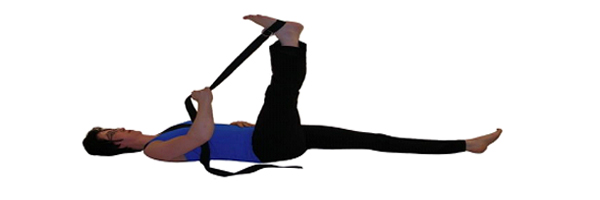
STRENGTH TRAINING
1. Wall slide
Leaning with your back against a wall, bend your knees 30°, sliding down the wall, then straighten up again. Move slowly and smoothly, using your hands on the wall for balance. Keep feet and legs parallel, and do not allow knees to go out over the toes. Repeat 5 -10 times. In the advanced stages ,wall slides can also be done with the help of exercise ball or swiss ball.
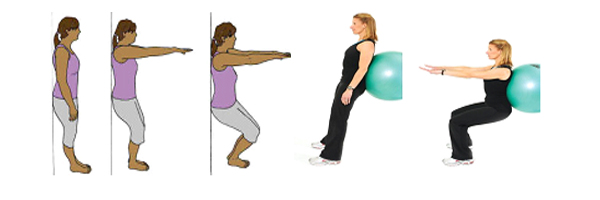
2. Bent-Leg Raises
Sitting in a chair, straighten one leg in the air.Hold for about one minute. Bend your knee to lower the leg about halfway to the floor. Hold for 30 seconds. Return to starting position. Work up to 4 reps on each leg.
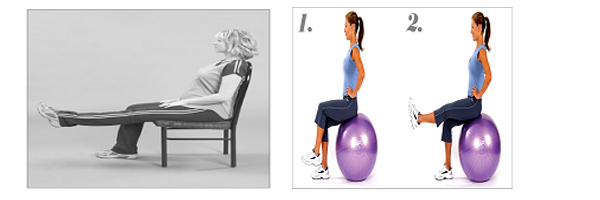
3. Straight-Leg Raises
Raiseslying on your back. Lift onefoot a few inches off the couch or bed while keeping your leg straight. Hold for 5 -10 seconds. Return to resting position. Repeat 5 -10 times.
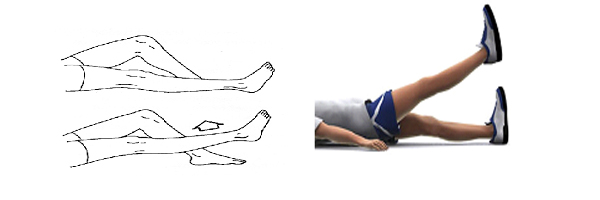
4. Abductor Raise
Lie on your side, propped on one elbow. The leg on the floor bent, the other straight. Slowly lift the top leg, hold for 5 -10 seconds, then lower. Do 1-3 sets with 5-10 repetitions each. Remember to rest in between sets.
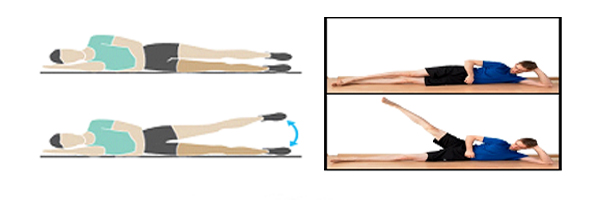
5. Hamstring Curl
Stand with the front of your thighs against a surface one knee up as far as is comfortable. Hold for 5 - 10 seconds, then lower slowly. If possible, do not touch the floor between repetitions.Do 1-3 sets with 10-15 repetitions each. Remember to rest in between sets.to add more resistance, hamstring curls can be done with the help of thera bands.
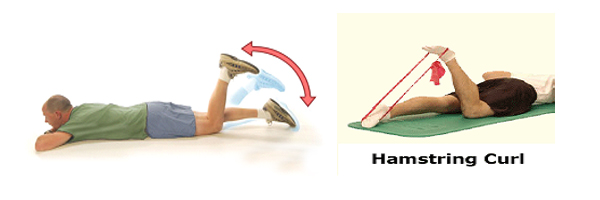
6. Step-Ups
Stand in front of a step, like stairs, about two feet high (or less if necessary). Step up onto the support, straighten your knees fully and step down. Maintain a steady pace.Start with 1 minute, slowly building your time. Gets your heart pumping too!
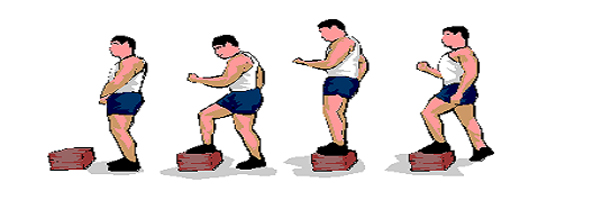
7. Stationary Bike
Biking is a good way to increase strength and range of motion. Make sure you have the right positioning of the legs. At the bottom of the pedal stroke, the bend in the knee should be 15 degrees. Start with 5 minutes and slowly increase your time.Avoid cycling if having too much pain and discomfort.
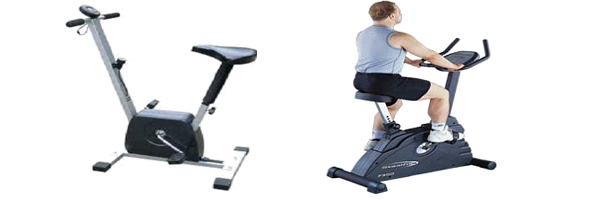
EXERCISES IN STANDING POSITION
1. Partial Squats
Stand about 12 inches away from the front of a chair with your feet about hip width apart and your toes forward. Bending at the hips, slowly lower yourself halfway down to the chair. Keep your abs tight, and check that your knees stay behind your toes.
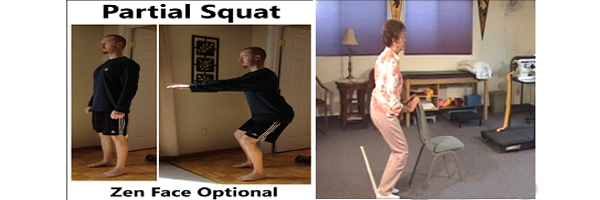
2. Hamstring curls
Stand facing toward the wall.Bend right leg backwards and slowly lower down.Change the leg side and repeat for 10-15 times.
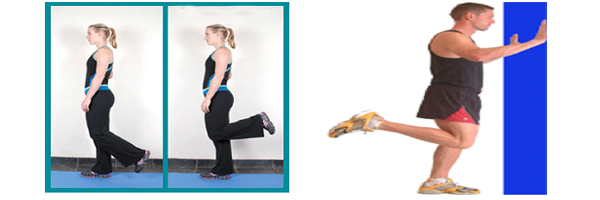
EXERCISES TO BE AVOIDED
1. Lunges
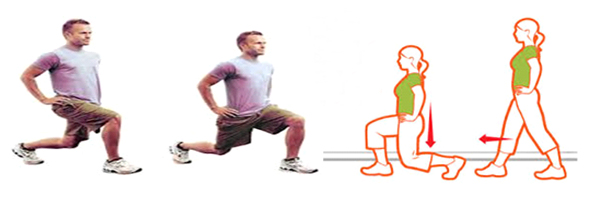
2. Deep Squats
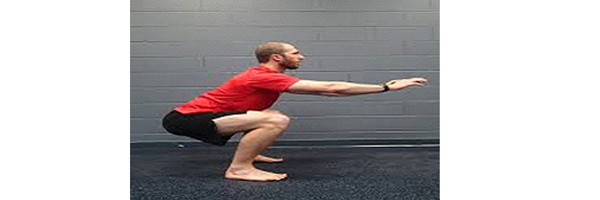
Nowadays there has been developed so many techniques to treat knee osteoarthritis in physiotherapy.
Kinesiology Taping
Kinesiology Taping is used to relieve pain,correctdeformities,increase muscle strength,increase proprioception etc.
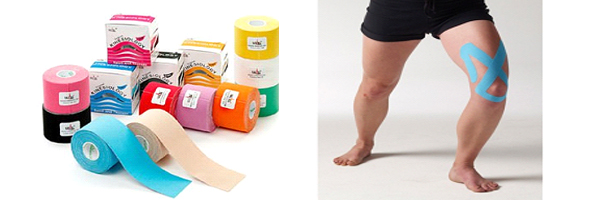
Dry Needling
Dry Needling is very good technique in which needle is inserted on the affected site.It is used to reduce tenderness and swelling.trigger points are very common in some muscles around the knee.this dry needling is used to reduce the trigger points.
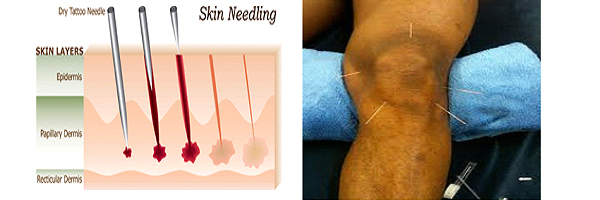
Diseases We Treat
- Osteo Arthritis
(Knee Pain etc..) - Rheumatoid Arthritis
(Wrist Pain etc..) - Gouty arthritis
(Joint Pain etc..) - Juvenile Arthritis
- Paralysis
- Reduced Joint Space
- Cervical Spondylosis
- Frozen Shoulder
- Body Stiffness
- Pallindromic Rheumatism
- Myofascial Pain
- Osteogenesis Imperfecta
- Muscular Dystrophy
- Brittle Bone Disease
- Pain in Small Joints
- Raised Uric Acid
- Severe Calcium Deficiency
Testimonials
To request an appointment with one of our expert doctor .


